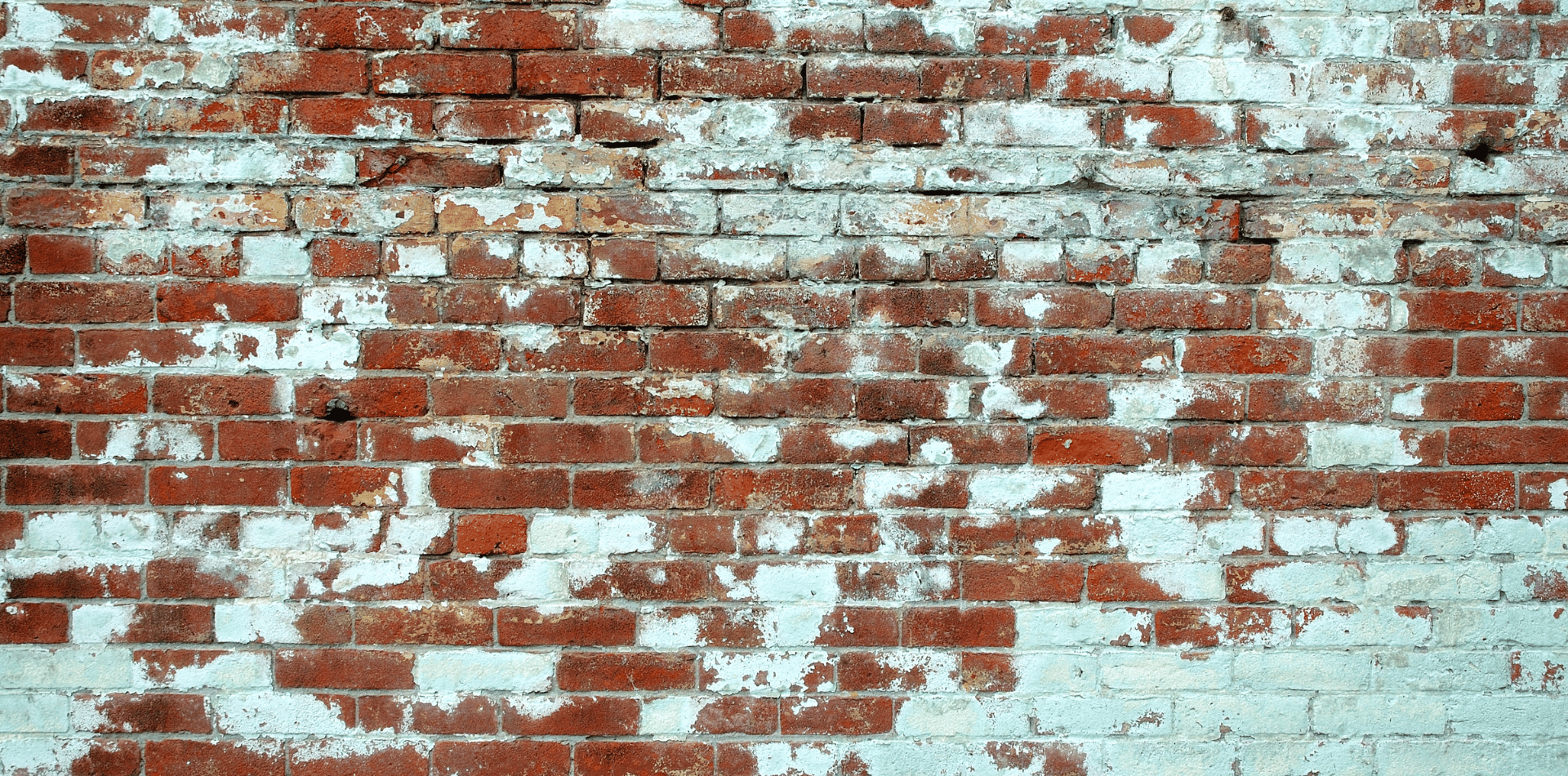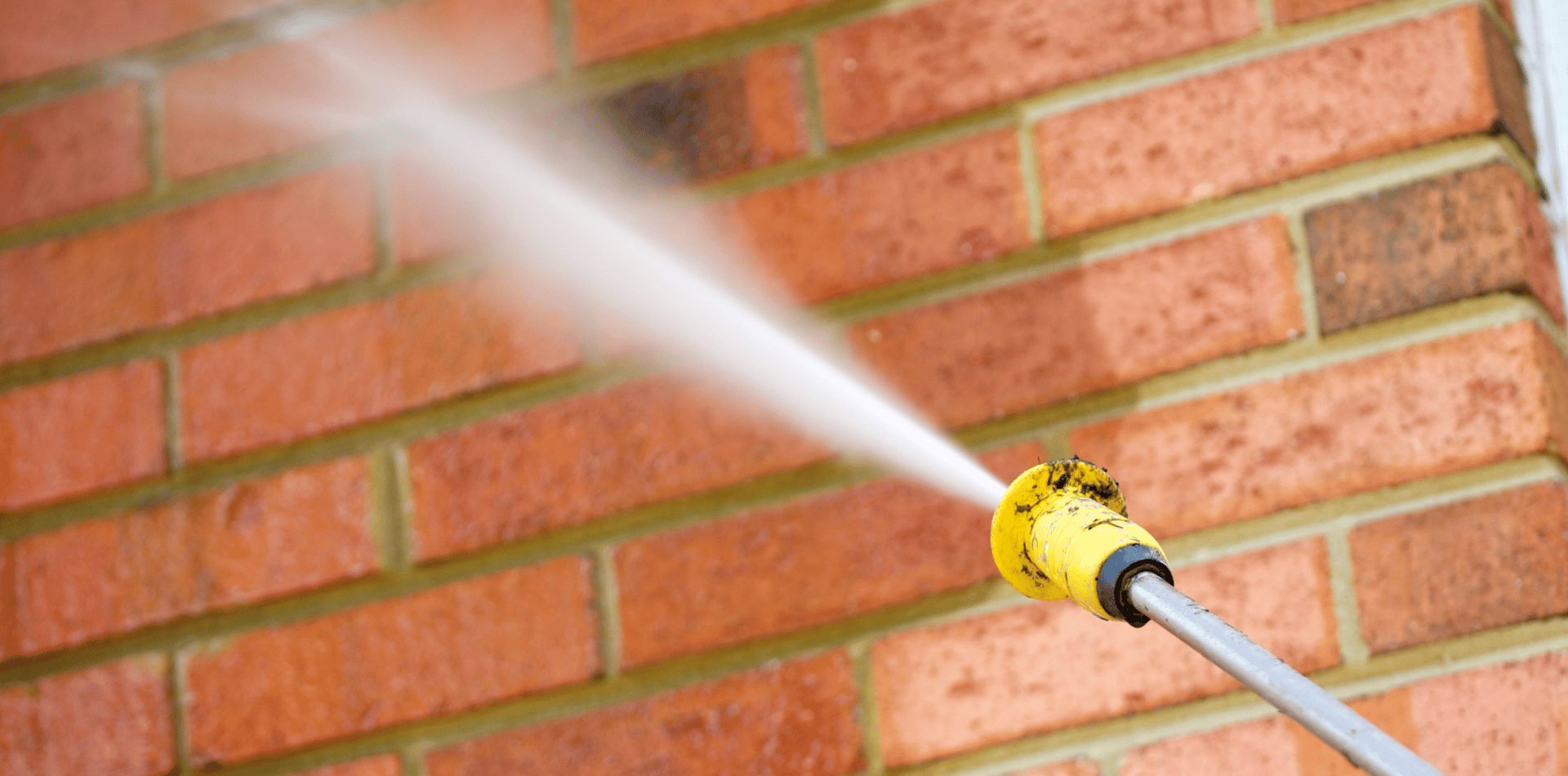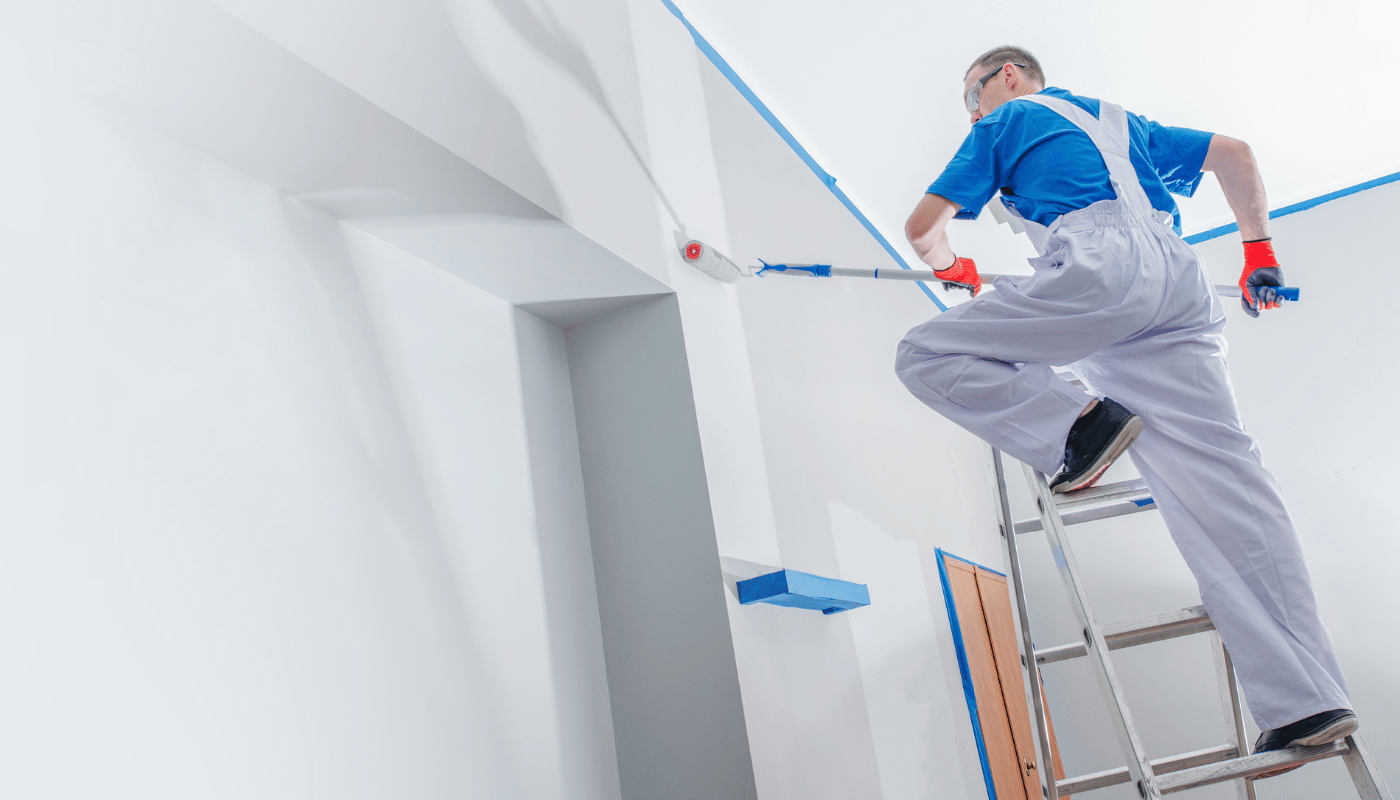Painting a Brick House: Essential Considerations

Painting a brick house may seem straightforward, but it requires thoughtful preparation and understanding of the unique challenges brick surfaces present.
Transforming your home’s appearance with a fresh coat of paint can be incredibly rewarding, yet it demands more than just choosing a colour.
This comprehensive guide will walk you through every step, ensuring your brick painting project is a success.
Understanding Brick as a Material
Characteristics of Brick
Before diving into the painting process, it's crucial to understand the properties of brick and how they affect paint application. Bricks are porous, absorbent, and can vary in texture.
These characteristics influence how paint adheres and lasts over time.
Advantages and Disadvantages of Painting Brick
While painting brick can transform the look of your home, it's important to weigh the pros and cons before making a decision. Painting can offer a fresh look and protection against elements, but it's also a permanent change that requires regular maintenance

Pre-Painting Considerations
Assessing the Condition of the Brick
The first step in your painting journey involves a thorough assessment of your brick's condition.
Look for signs of damage, erosion, or efflorescence.
Addressing these issues is essential before proceeding with painting.
Choosing the Right Time and Weather Conditions
Timing is everything; learn why the weather and season play a crucial role in painting your brick house.
Ideal conditions are dry, mild weather; extreme temperatures or humidity can hinder the paint’s performance.
Legal and Heritage Considerations
Before you pick up a brush, make sure you're aware of any legal or heritage restrictions regarding exterior painting.
Compliance is crucial to avoid potential conflicts or the need to repaint.
Choosing the Right Paint and Tools
Types of Paint Suitable for Brick
Not all paints are created equal; ensure you understand which types are best suited for brick surfaces.
Acrylic latex paint is often recommended for its breathability and durability on brick surfaces.
Tools and Equipment Needed
Get your tools together!
Here's a comprehensive list of what you'll need to efficiently paint your brick house:
- high-quality brushes
- rollers
- sprayers
- painter's tape
- drop cloths
- ladders
Preparation Steps
Cleaning the Brick Surface
A clean canvas is essential; learn how to properly clean your brick before painting.
Pressure washing or using a specialised brick cleaner can remove dirt, mould, and old paint.

Repairing and Priming
Addressing repairs and applying primer are crucial steps for a lasting paint job.
Fill cracks, replace damaged bricks, and apply a quality primer to ensure optimal paint adhesion.
The Painting Process
Application Techniques for Brick
Brick surfaces are unique; discover the best techniques for applying paint to ensure even coverage.
Using a combination of brushing and rolling can help get into the nooks and crannies of the brick.
Navigating Challenges: Mortar Joints and Texture Variations
Brick houses come with their own set of challenges; learn how to handle mortar joints and texture variations.
Carefully painting mortar joints requires patience and precision for a professional look.
Maintenance and Upkeep
Long-term Care for Painted Brick
Protect your investment; understand the essential maintenance tips for keeping your painted brick in top condition.
Regular cleaning and touch-ups can extend the life of your paint job.
Addressing Peeling and Weather Damage
Despite your best efforts, paint can peel or get damaged.
Early intervention and proper repair techniques can prevent further damage.
Alternatives to Painting Brick
Staining and Whitewashing
Painting isn't your only option; explore the world of brick staining and whitewashing.
These alternatives can offer a different aesthetic while maintaining the brick’s natural texture.
Pros and Cons of Alternatives
Each alternative has its benefits and drawbacks; understand them before making your decision.
While staining is more translucent, whitewashing offers a rustic, worn look, both requiring specific application methods.
Frequently Asked Questions
How long does painted brick last?
With proper preparation and maintenance, painted brick can last 15-20 years.
However, this can vary based on climate, paint quality, and the brick’s condition.
Is it more expensive to paint or stain brick?
Staining is often more expensive than painting due to the specialised products and techniques required.
However, costs can vary based on the size of the house and local labour rates.
Can I paint my brick house myself, or should I hire a professional?
While it’s possible to paint your brick house yourself, hiring a professional can ensure proper application and longevity. Professionals have the right tools and experience to handle the unique challenges of painting brick.
How often should I repaint my brick house?
Typically, a brick house may need repainting every 7-10 years, depending on the paint quality, climate, and maintenance.
Does painting brick reduce its breathability?
es, painting can reduce brick’s natural breathability.
Using the right type of paint, like acrylic latex, can minimise this issue by allowing some moisture transfer.
Painting a brick house can be a transformative experience, but it demands careful planning and execution.
By understanding the unique characteristics of brick, choosing the right materials, and following thorough preparation and application steps, you can achieve a stunning and durable finish.
Remember, this isn’t just a paint job; it’s an investment in your home’s future.





